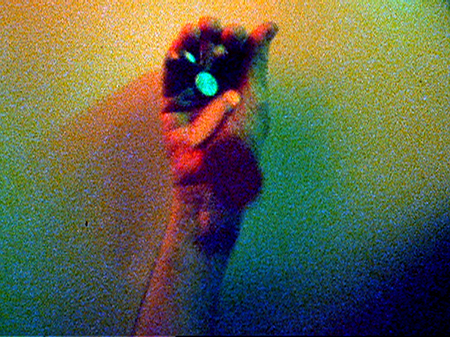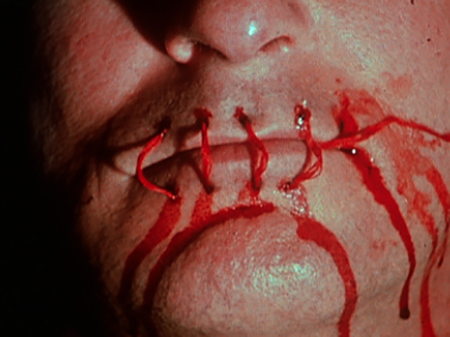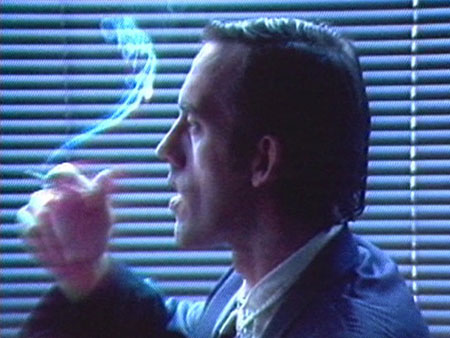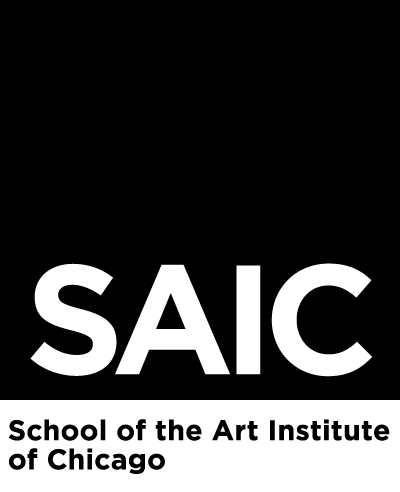On “The X-Ray of Civilization…”
Posted by | George William Price | Posted on | November 5, 2014
I first encountered the work of David Wojnarowicz a few years ago whilst interning for the New York City based arts organization Electronic Arts Intermix (EAI). I had been asked to research his expansive practice for an upcoming panel discussion David Wojnarowicz: Motion Rhythms and was instructed that I would need to visit Fales Library and Special Collections at New York University in order to do so. Here I was, an Englishman in New York, which at that time was an unfamiliar city, about to undertake an extended period of research on an unfamiliar artist with only a copy of his Close to the Knives: A Memoir of Disintegration for reference—a book that I studied closely whilst inside my shoebox of a room located in a grotty ground floor apartment in Crown Heights, Brooklyn.
My first Monday in NYC I began the long, arduous, and immensely intimidating process of sifting through the seemingly infinite number of papers, objects, and everyday ephemera that make up the David Wojnarowicz Papers. Other the next three months I would divide my time between the EAI office and Fales Library. In the library I would place my personal items in a locker, surrender my identification to the librarian, and seat myself down at my assigned table, waiting for the first of many Wojnarowicz artifacts to be brought out to me.
The library itself is unremarkable, a grey box, filled with grey furniture and graduate student workers, but what it holds is utterly astounding. Forming only a small part of the Downtown Collection, which in turn only forms a small part of the Fales collection, the David Wojnarowicz Papers are comprised of 175 boxes of journals, correspondence, manuscripts, photography, film, video and audio works, source and production materials, objects, and ephemera. I found myself absorbed in Wojnarowicz’s world whilst in parallel discovering a contemporaneous one outside the confines of the library—New York City. Wojnarowicz was to become my guide for my short stay in this strange American beast. He would allow me to discover the Lower East Side, walk along the piers of the West Side, and frequent the place he spent much of his formative years in working as a hustler—Times Square. Those areas had been long since gentrified by the time I had arrived, but they still acted as vessels for those memories Wojnarowicz described in his writings and recordings. These were memories that Wojnarowicz’s distinctive voice regaled to me through his diary entries, recorded on mini-cassettes, that I would spend hours listening to—sometimes fully engaged and taking notes, at other times lulled into a dreamy slumber by archive fatigue. That retreat to slumber was repeatedly punctuated by Wojnarowicz’s piercing monologues:
There is really no difference between memory and sight, fantasy and actual vision. Vision is made of subtle fragmented movements of the eye. These fragmented pieces of the world are turned and pressed into memory before they can register in the brain. Fantasized images are actually made up of millions of disjointed observations collected and collated into forms and textures of thought.
Wojnarowicz’s fantasized images were crucial for my understanding of a politicized contemporary Queer culture and became my central point of access to discover contemporaries of his such as the incredible Tom Rubnitz and the hell-raising Tommy Turner. These artists were instrumental in developing a Queer community in New York City’s Lower East Side that enabled the survival of Queer culture even during a time when bodily plague and governmental inaction amounted to mass genocide. I believe that tomorrow’s screening at Conversations at the Edge is import to see, not just for the aesthetic value of the works being screened, but to better understand the political and cultural environment of a Queer New York City during the 1980’s.
George William Price is an arts administrator and scholar specializing in alternative forms of moving image media. He is the program assistant for Conversations at the Edge at the School of the Art Institute of Chicago, where he is a candidate for a Masters in Arts Administration and Policy (exp. 2015).
Tags: 2014 > Artist's Film > Experimental > Group Programs > Mexico > Political > SAIC Student Writing > U.S.



